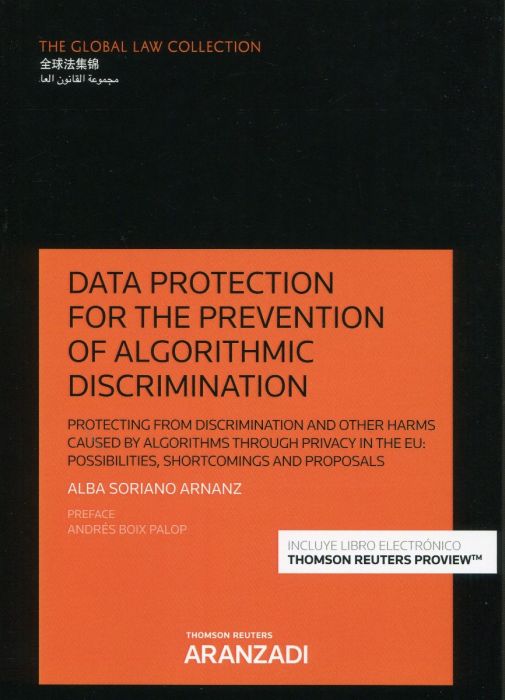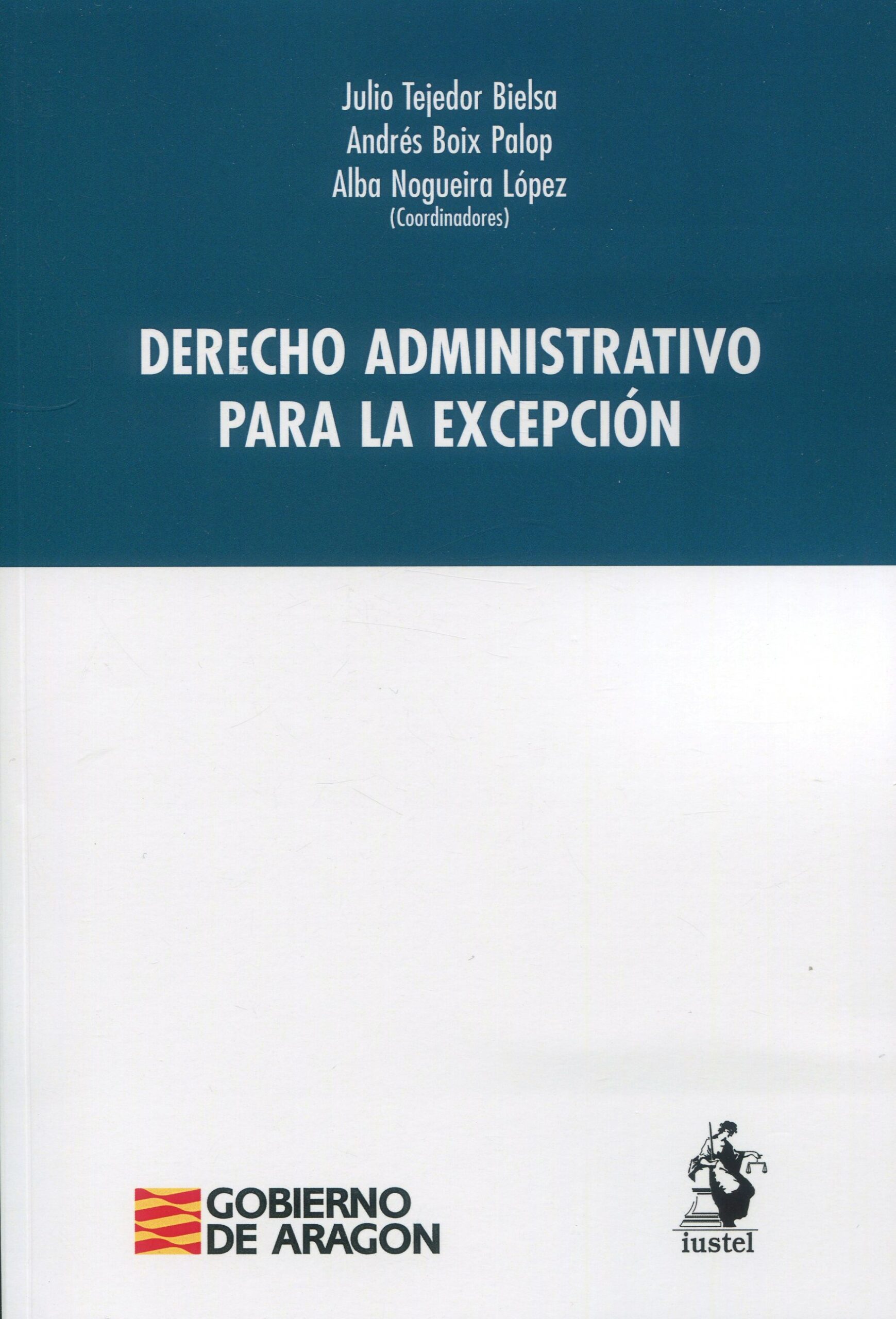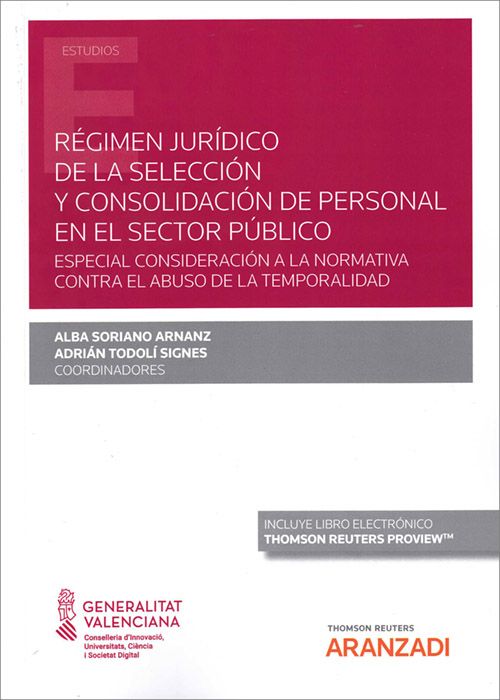Data protection for the prevention of algorithmic discrimination
potecting from discrimination and other harms caused by algorithms through privacy in the EU and US: possibilities shortcomings and proposals
- ISBN: 9788413900155
- Editorial: Editorial Aranzadi
- Fecha de la edición: 2021
- Lugar de la edición: Pamplona. España
- Colección: The Global Law Collection
- Encuadernación: Rústica
- Medidas: 24 cm
- Nº Pág.: 316
- Idiomas: Inglés

The development of digital technologies, capable of analysing massive amounts of data, has led to the widespread implementation of data processing technologies and automated decision-making processes in many areas of human activity. Over the past few years, it has become increasingly apparent that these tools can cause significant harms to the fundamental rights of individuals as well as to other basic values and principles which constitute the very foundation of Western democracies. Most of the legal scholarship and regulators have thus far focused on privacy protection legal instruments as the main mechanisms through which to protect individuals and democratic values against the harms and risks caused by automated data processing and decision-making systems.
This book focuses on analysing how the EU data protection and US privacy protection frameworks are structured and can work in order to prevent and deal, in particular, with algorithmic discrimination, but also other issues of concern, such as automated system opacity. In doing so, the shortcomings of privacy-based protection systems in addressing some of risks and harms caused by data processing and decision-making technologies are also established. Finally, the book also draws a series of regulatory proposals aimed towards effectively addressing the concerns and problems that arise from the growing implementation of automated data processing and decision-making systems.
CHAPTER I AN INTRODUCTION TO ALGORITHMIC DECISION-MAKING
1. Big data
2. Data processing tools and technologies
3. The application of automated systems
4. Types of algorithmic decision-making
CHAPTER II RISKS AND HARMS GENERATED BY THE USE OF AUTOMATED SYSTEMS
1. Problems and risks for the protection of the rights of individuals subjected to automated decision-making
2. The legitimacy and legality of public automated decision-making
3. Market failures and intervention in the private sector
CHAPTER III THE INFORMATIONAL PRIVACY FRAMEWORK. GENERAL ASPECTS
1. The informational privacy framework as a solution for the harms caused by algorithms
2. EU and US privacy traditions
3. The scope of application of informational privacy regulations
4. Privacy principles
CHAPTER IV PROHIBITIONS TO ACCESS AND PROCESS INFORMATION
1. The US approach to protection through data collection and processing prohibitions
2. Privacy as anti-discrimination through general prohibitions in the GDPR
3. Prohibitions in the Directive for personal data protection in law enforcement and the criminal justice system
4. Shortcomings in the prohibitions contained in the eu personal data protection framework
CHAPTER V TECHNOLOGICAL DUE PROCESS RIGHTS
1. The informational self-determination approach
2. Transparency: The rights to information, access and explanation
3. The right to be heard and contest decisions: the right to an effective remedy
4. The need to complement technological due process rights with a system for algorithmic oversight and control
CHAPTER VI REGULATORY MECHANISMS FOR SYSTEM TRANSPARENCY AND ACCOUNTABILITY THROUGH DATA PROTECTION
1. Regulatory frameworks
2. The GDPR as a system of governance
3. System transparency and accountability
4. Regulatory Tools For System Transparency And Accountability
CHAPTER VII THE PRIVACY FRAMEWORK: SHORTCOMINGS AND TENSIONS
1. General shortcomings of the privacy approach
2. The shortcomings of the informational-self determination approach
3. Privacy approaches are not appropriate for the use of algorithms by the public sector
4. The shortcomings of accountability mechanisms
5. The relationship between personal data protection, equality and non-discrimination
CHAPTER VIII POSSIBILITIES AND PROPOSALS FOR THE REGULATION OF ALGORITHMS
1. Trade-offs in the regulation of algorithms
2. The need for more algorithmic transparency
3. A system of public intervention to control algorithms










